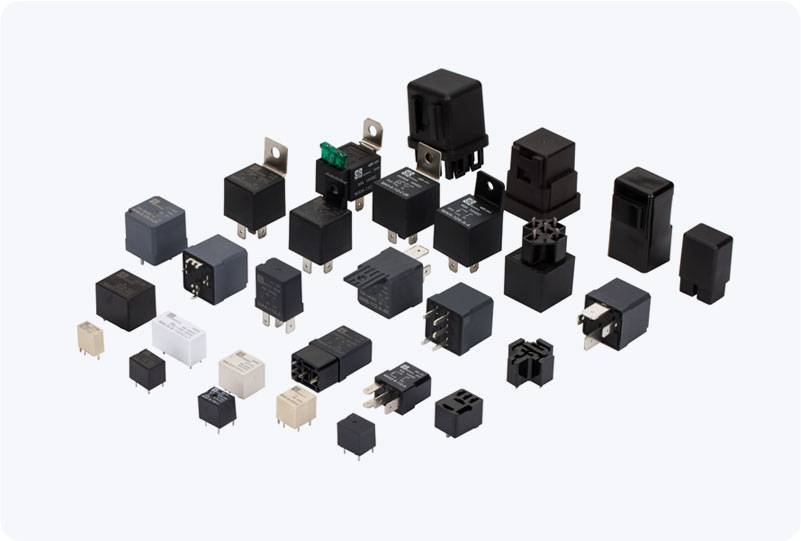A Time Delay Relay (TDR) is a crucial component in electrical circuits and automation systems, designed to introduce a delay between the activation of an input signal and the output action. Whether in industrial automation, home appliances, or safety systems, Time Delay Relays serve a vital role in controlling the timing of electrical events. This article explores the working principles, types, and applications of Time Delay Relays, as well as how they contribute to more efficient and reliable system operations.

What is a Time Delay Relay? At its core, a Time Delay Relay is an electrical relay that controls the timing of switching actions. Unlike standard relays, which operate immediately after receiving a signal, a Time Delay Relay introduces a preset delay before performing its designated function. This delay can be configured to occur either after the relay is energized (delay-on) or after the relay is de-energized (delay-off). The relay consists of a timing mechanism (often an electronic or mechanical timer) and a standard relay that opens or closes electrical contacts based on the timing sequence. The main advantage of using a Time Delay Relay is its ability to manage various timing functions in systems where precise control over the timing of events is critical.